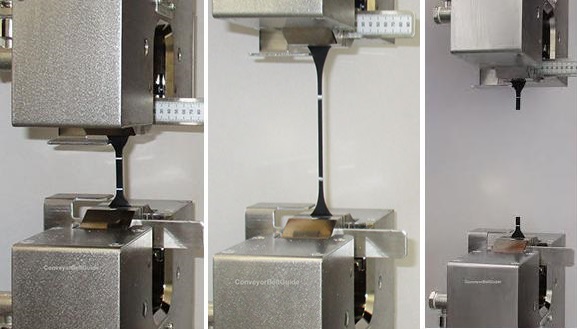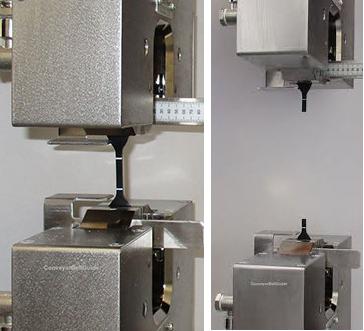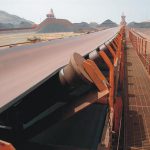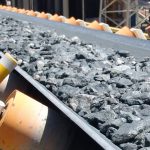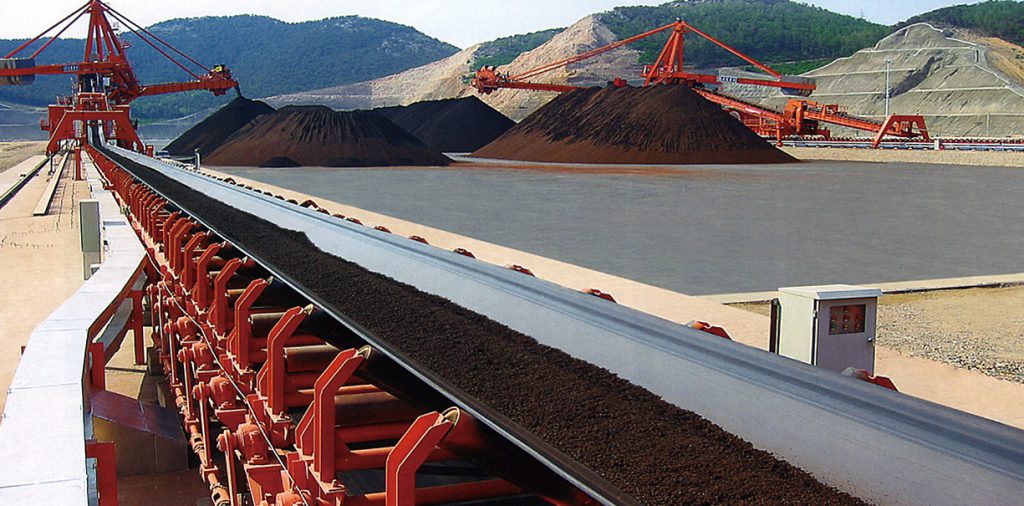What Are the Key Properties of T1, T2, T3, T4 Heat-Resistant Conveyor Belts?
In the technical description of conveyor belts, we often encounter T1, T2, T3, T4, and EPDM, which represent the performance of heat-resistant conveyor belts. What do these designations mean, and how are they different?
Heat-resistant conveyor belts are primarily used in industries such as steel plants, cement, coke, metallurgy, etc., for conveying materials including sintered ore, coke, cement clinker, and other high-temperature substances. The production process of heat-resistant conveyor belts involves multiple layers of EP fabric or steel cords forming the carcass layer, with heat-resistant rubber covering both sides, bonded together through high-temperature vulcanization. These belts are designed for use under conditions where material temperature does not exceed 800°C and belt surface temperature does not exceed 220°C.

The principle of heat-resistant conveyor belts lies in the fact that the covering rubber forms a microporous carbonized layer at high temperatures. This layer is burn-resistant and prevents the further transfer of heat into the belt body, thereby reducing internal strength. The carbonized layer, developed during belt operation, creates irregular fine cracks that contribute to the cooling effect on the belt.
Heat-resistant conveyor belts are categorized into four types:
T1 type: Withstands a working temperature not exceeding 100°C, peak short-term operating temperature of 150°C.
T2 type: Withstands a working temperature not exceeding 125°C, peak short-term operating temperature of 170°C.
T3 type: Withstands a working temperature not exceeding 150°C, peak short-term operating temperature of 200°C.
T4 type: Withstands a working temperature not exceeding 180°C, peak short-term operating temperature of 230°C.
Currently, T2-level heat-resistant conveyor belts are widely used in the market. These belts typically use ethylene-propylene-diene monomer (EPDM) rubber as the cover material due to its ease of availability and lower cost. T3-level usage is less common as it requires more specialized materials, such as partial butyl rubber or blends of ethylene propylene with polyolefins. T4-level heat-resistant conveyor belts are even rarer and mainly produced by a few manufacturers, typically using materials like epichlorohydrin rubber or blends of terpolymer and other polymers.
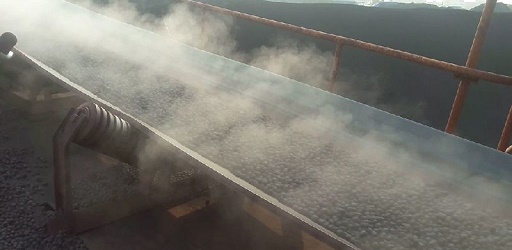
EPDM, in the context of heat-resistant conveyor belts, stands for Ethylene Propylene Diene Monomer. It is a copolymer of ethylene, propylene, and a small amount of non-conjugated diene. EPDM is a type of ethylene-propylene rubber known for its excellent resistance to ozone, heat, weathering, and aging due to its chemically stable saturated hydrocarbon main chain with unsaturated double bonds only in the side chains.
EPDM heat-resistant conveyor belts exhibit outstanding heat resistance and chemical resistance. The unique branched structure of EPDM is the key reason for its heat resistance, providing not only excellent mechanical properties but also superior insulation. According to international standards, EPDM conveyor belts can withstand temperatures up to 250 degrees Celsius, making them widely used for conveying and handling in high-temperature environments.
SUNGDA CONVEYOR BELT CO.,LTD.

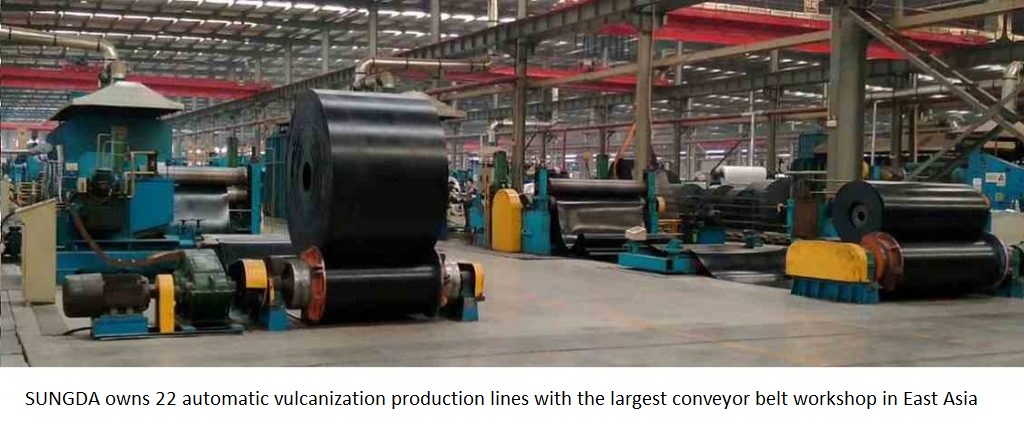
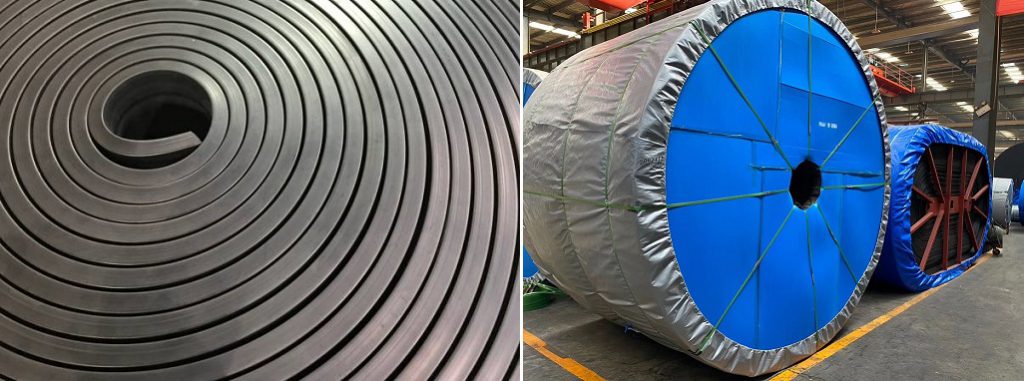

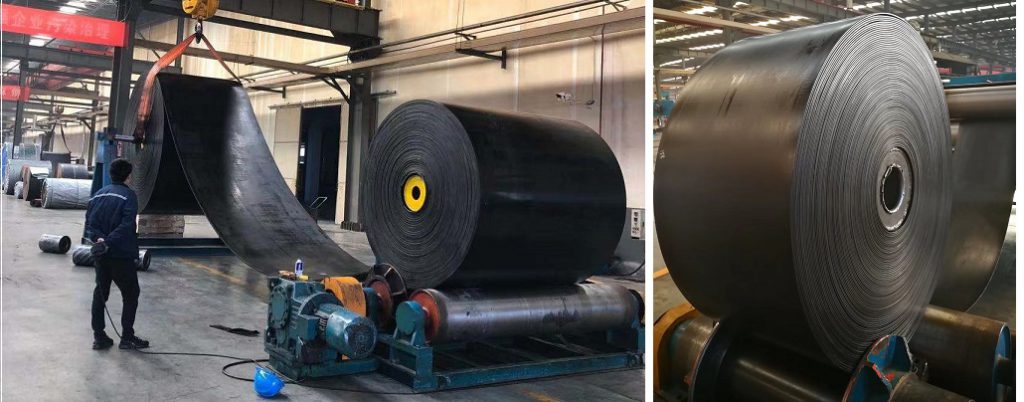

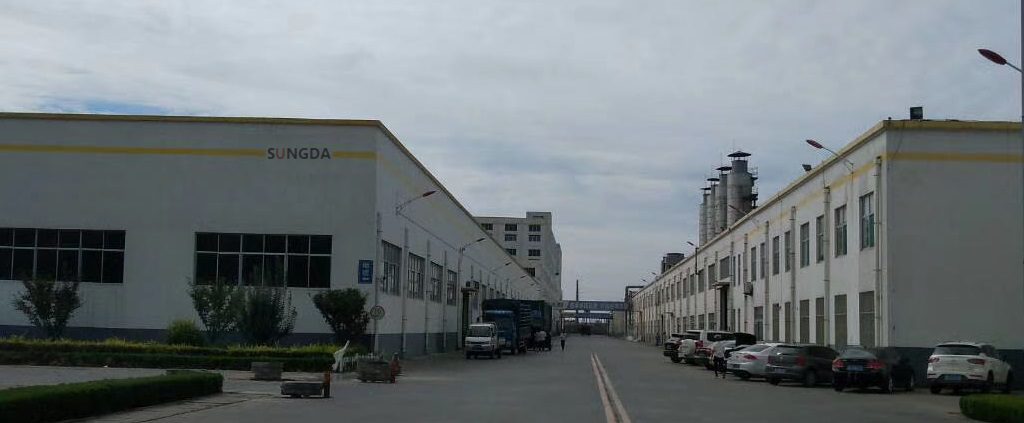
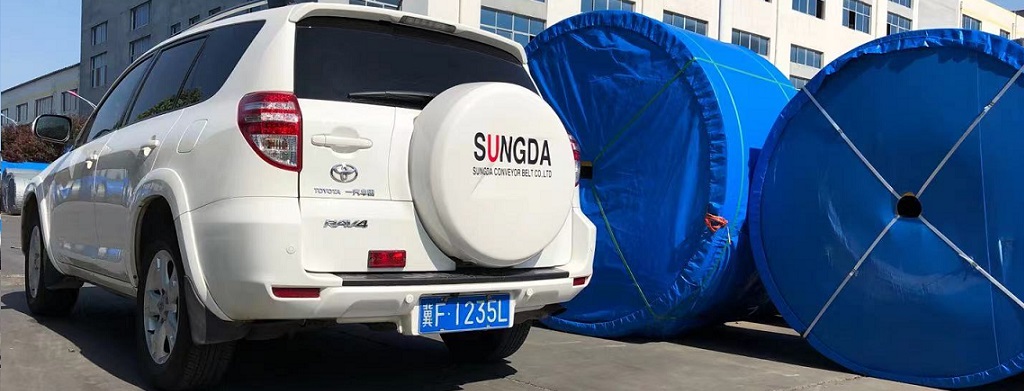
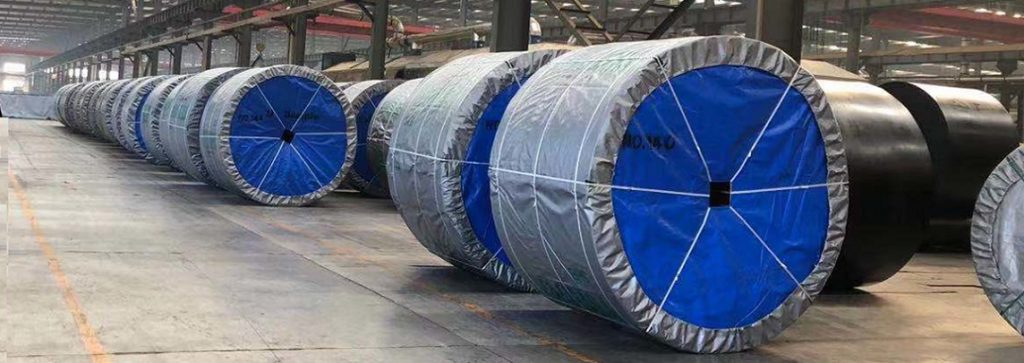
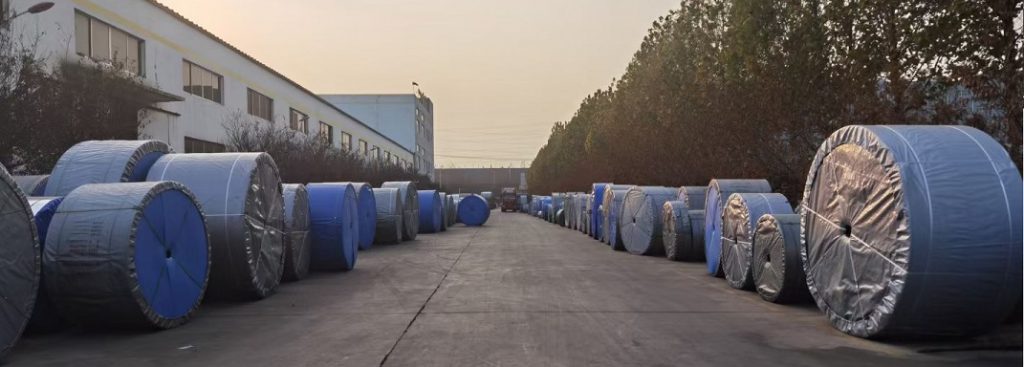
Tags: EP conveyor belt,EPDM,Heat resistant conveyor belt,HR CONVEYOR BELT,Steel cord conveyor belt,T1,T3,T4

